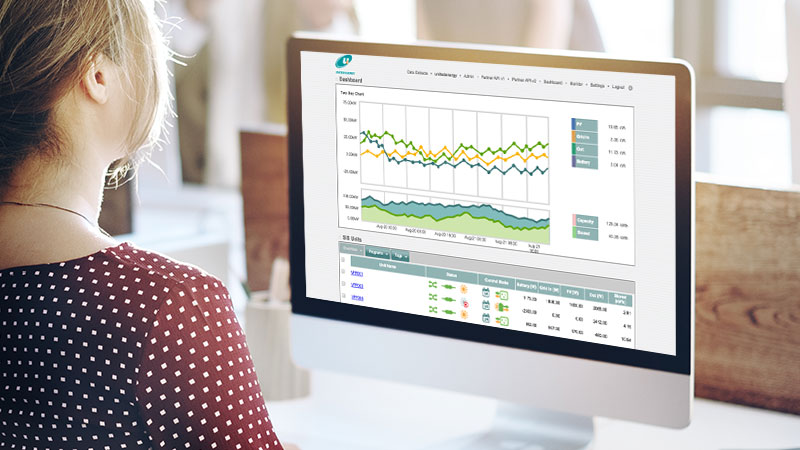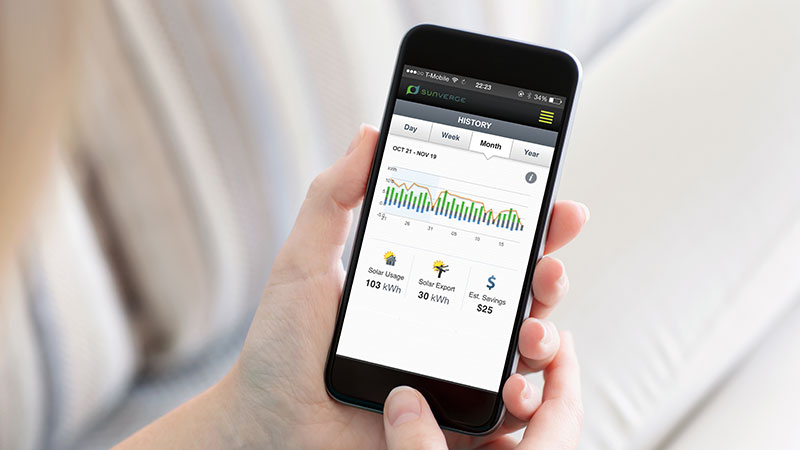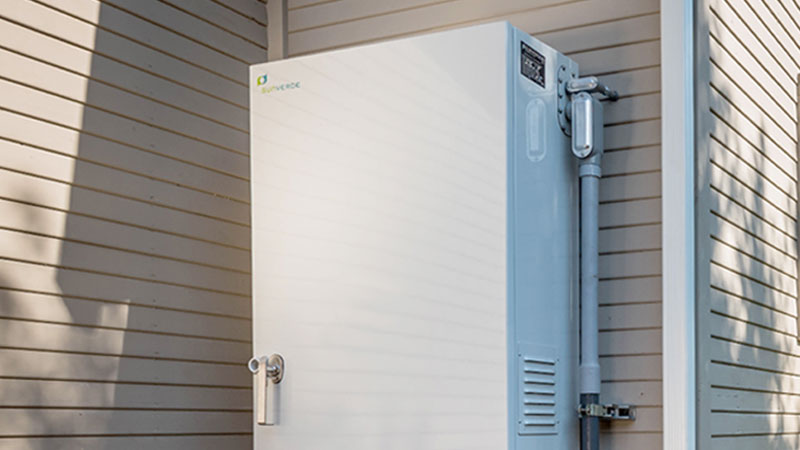 The Wall Street Journal ran an intriguing piece last month about the growing phenomenon of time-based pricing for everything from lift passes at ski resorts to admission at the Indianapolis Zoo. Instead of having one price for adult admission, or even a higher weekend price, the cost of a ticket is based on the actual demand, and fluctuates over time.
The Wall Street Journal ran an intriguing piece last month about the growing phenomenon of time-based pricing for everything from lift passes at ski resorts to admission at the Indianapolis Zoo. Instead of having one price for adult admission, or even a higher weekend price, the cost of a ticket is based on the actual demand, and fluctuates over time.
Dynamic pricing is something that many large online merchants have practiced for years, as have airlines, and it has found its way recently into entertainment and sports events.
For businesses, dynamic pricing not only helps balance supply and demand, it increases overall revenue. The San Francisco Giants, for example, put “market-based” pricing in place several years ago, meaning that tickets for games against the arch-rival Dodgers are likely to cost much more to fans who wait to buy, while the prices for other opponents may stay the same right up to the first pitch.
This kind of dynamic pricing is only possible thanks to a combination of real-time data and software analytics – exactly the kind of technology that’s becoming prevalent on the electric grid as well.
Dynamic pricing could solve a number of issues utilities face in dealing with high cost peak loads that today can mean buying expensive power on the spot market – sometimes at upwards of seven times the lowest price energy. It also has the potential to save consumers money on their bills by encouraging use when the cost to produce energy is cheaper. The benefits for utilities and consumers alike mean a shift toward dynamic pricing in electric power is inevitable.
The challenge is that most consumers use energy when they need it; for most people, waiting until power is at its cheapest isn’t an option. Even if it were, anyone who has tried to decipher their electricity bill knows how confusing it is to figure out today’s standard electric utility rates. Imagine how much more difficult that challenge becomes when you introduce a complicated dynamic price structure instead.
So for dynamic pricing to pay off, consumers will need to tap into the “Energy Cloud” and take advantage of two key technologies, both of which are available today: energy storage technology in the home, and collaborative arrangements with utilities that enable them to use those resources to lower the cost of providing their customers with electricity.
There are already some places in the country where consumers can elect to use a dynamic pricing alternative to the standard tiered or flat-rate tariffs. But as this column in Greentech Media points out, most consumers are wary of the idea and see it as a scheme to sock them with higher bills. In addition, these programs today rely on smart meters to provide key data for consumers. However, the data from these meters can be challenging to obtain and decipher for everyone except the most savvy energy user.
Now see how this scenario changes when you bring the technology up to speed.
First, by adding advanced energy storage appliances to the home, these autonomous devices intelligently decide when to fill up with lower priced energy for use when energy is costly to consume from the grid. This doesn’t have to be overnight when demand is generally lowest – it can happen anytime prices dip below a pre-set level, even for a few minutes. This scenario does not require everyone to have in-home generation, but the most compelling benefits will come to “prosumers” who add rooftop PV in conjunction with storage. Consumers can use any combination of Energy Cloud devices to help manage the purchase of power from the grid to get the most power for the least cost.
Of course, this requires more information and changes to how utilities operate the grid than existing smart meters can offer. Utilities and regulators will need to implement policy changes to enable utilities to use software, grid monitoring hardware, and new business practices to encourage consumer participation and send those real-time price signals to consumers that in turn can determine whether to charge the energy storage battery, or draw from it.
As every aspect of daily life comes to depend on electric power, the endgame of lower cost energy for all occurs when utilities can interact with and control smart appliances and devices, storage, and electric vehicles through the Energy Cloud. When that happens, peak demand management can be automated based on a combination of real-time price signals and consumer choice. For example, one consumer might elect to tell the system to turn off the charger to an electric vehicle when the price went above a certain level; another might need the car with a full charge as soon as possible and would choose to ignore this particular price signal.
This won’t happen overnight, of course – unlike zoos and baseball teams, utilities have regulators and shareholders to contend with, and consumer perception and awareness of the opportunities to overcome. Storage is an investment for a homeowner, as is the kind of control platform utilities need to make this work. But the market forces, combined with technology, are definitely pushing us in this direction.







